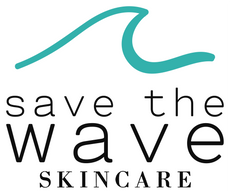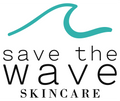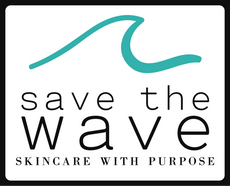What is THAT on my skin?! Day 4: Rosacea.
Do you flush easily? Is the skin on your face sensitive and irritated? Do you see redness or veins or acne like breakouts? Like millions of other Americans, you may have Rosacea.
Rosacea is an inflammatory skin condition that affects both men and women, typically becoming apparent between the ages of 30-50, and is most common in fair skinned people with Celtic and Scandinavian ancestry (but can also affect darker toned skin). Heredity can create a susceptibility to developing Rosacea.
Symptoms will vary between people, but common signs and symptoms include redness through the face, acne-like breakouts, skin sensitivity and burning, and the development of red and purple veins. Symptoms can worsen with certain triggers that are different to everyone. Common triggers include spicy food, alcoholic beverages, hot temperature drinks, extreme temperatures, and rubbing or scrubbing the skin.
Some people will get skin thickening as the oil glands enlarge, and when this thickening occurs on the nose it’s called rhinophyma. Famous examples of rosacea sufferers who have had rhinophyma include turn-of-the-century financier J.P. Morgan and the late comedian W.C. Fields.

Rosacea can also affect the eyes (ocular rosacea) which can cause bloodshot eyes and a dry gritty feeling in the eye, sometimes affecting vision.
Treatments are geared at specific symptoms and may include special washes, topical medicine and oral treatments. Lasers may be helpful to improve redness and small veins. Eye symptoms may be addressed with drops and possibly oral antibiotics.

Every person will benefit from a personalized treatment plan but common tips to improve your Rosacea include:
- Broad spectrum sun protection every single day with an SPF 30+ - preferably a mineral based product.
- Avoid your triggers as much as possible. It may take a little detective work to figure out what sets your skin off.
- Keep your skincare routine simple. Avoid rubbing or scrubbing the skin and avoid skin care products that contain alcohol.
- If you use hairspray, shield your face so the product does not land on the skin.
Rosacea does tend to be a lifelong issue but with some lifestyle changes and some help from a skin care specialist, it can be managed.









Leave a comment